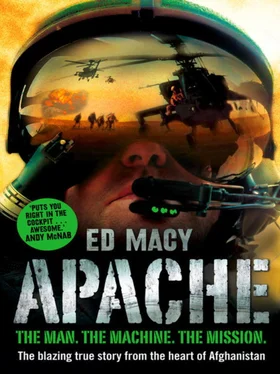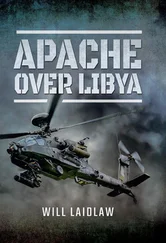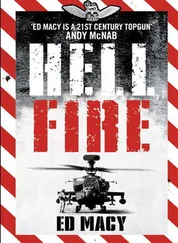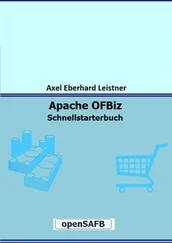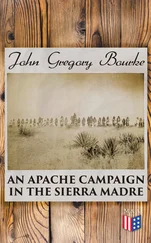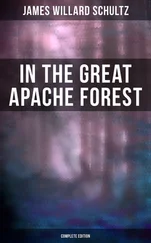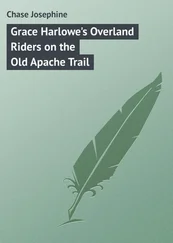1 ...7 8 9 11 12 13 ...84 You only needed to look at the infamous gun tape of the US Apache slaughtering the ‘Iraqi farmers’. US intelligence intercepted a plan to bring down an aircraft with a surface-to-air missile. The Apache was launched and dispatched every member of the insurgent team. The tape was leaked, cut and restructured to show the brutal servants of the Great Satan routinely wiping out innocent Iraqi farmers. It didn’t show the SAM being drawn from its bag and put in position.
The JHF was the squadron’s nerve centre, right next door to the Joint Operations Cell – a central Ops Room from where the three battlegroups based at Bastion (42 Commando, 45 Commando and the Information Exploitation Battlegroup) were managed.
The JHF and JOC compound consisted of as many tents, flags, masts and antennae as you could cram into fifty square metres. It was encircled by razor wire, and Minimi machine-gun-toting guards manned the only entrance twenty-four hours a day. It was the most secure area in the camp, and everyone who went in and out had to state their official purpose. Traffic was frequent between the JHF and JOC – each had to know what the other was up to at all times if operations were to be smoothly dovetailed.
The JHF was a large air-conditioned and sound-insulated khaki tent, five metres wide and fifteen long. A huge map table stood at its centre, with desks for the Boss, squadron ops officers, watchkeepers and signallers lining the four sides. We and the Chinook pilots planned our missions, gave briefings and ran the sorties from here.
There were eight CH47 Chinooks in theatre by then, upped from the original six in an emergency reinforcement over the summer. There were only ever two emergency response choppers in Bastion at any one time, with the rest of the CH47 force at the Coalition’s giant southern air hub, Kandahar Airfield.
The Chinook’s five-man crews – two pilots and three loadmasters – usually only came into the JHF for briefs. If we needed to make detailed plans with them before they left Kandahar, we’d generally do it over a conference call. Kandahar housed our rear echelon elements as well, and it was where we’d take the Apaches for heavy maintenance or repair. There was neither the spare equipment nor the capacity at Bastion. Thankfully, this handover only involved a changeover of personnel. All the equipment and airframes were staying where they were.
The Apache was a very hungry beast: it chomped through ammunition, fuel and spare parts at an alarming rate. A squadron of eight aircraft needed a massive logistics footprint to support it in the field: eighteen four-ton trucks for parts and ammunition, seven articulated lorries, five fuel tankers, three forklift trucks, two motorcycles, five technician vans, one eight-ton engineers’ lorry and a fire engine.
The machine was hugely labour intensive at the best of times, and Afghanistan was the cruellest place on earth to operate helicopters. It cost £20,000 for every hour in the air and needed thirty-two man hours of maintenance on the ground for every hour flown – and that wasn’t just a couple of hairy-arsed blokes in boiler suits sharing a wrench. Our Apaches needed REME avionics and airframe technicians, armourers, arming and loading teams, drivers, refuellers, signallers, IT specialists, Intelligence officers, clerks and storemen – ninety-eight people in total; more than six of them to every one pilot, and every one of them an expert.
The REME split into two tribal groups, depending on their role. There were the Greenies: the brainboxes, the technicians who worked on the avionics (from the TADS to the defensive aide suite). And there were the Blackies: the grease monkeys, who worked on the airframe – blades, rotors, gearboxes and engines. Each camp considered itself the most vital for the machine, so Greenies and Blackies lived in a state of permanent mutual abuse. ‘What’s the definition of a Blackie?’ was the Greenie refrain. ‘A Greenie, with his brains knocked out.’ In response, the Blackies watched the Greenies crouched in front of their computers, and dismissed them as work-shy, tea-glugging, muscle-dodging skivers.
The truth was, each had a healthy respect for the other and they always worked side by side on the airframes in two mixed shifts. They were an excellent and close-knit team, and they needed to be: the aircraft’s maximum flying hours had been upped again, so our second tour was going to be a whole lot harder than the first. We could now spend eleven and a half hours in the air per day; at the start of our first tour, it had only been six. The Chinook and Lynx’s flying hours had also been extended. As an equally limited resource, the pressure on them was also intense.
I only had one question when Billy told me: ‘So who’s agreed to pay for that?’
Aircraft flying hours is a money thing. The more time we spent in the air, the more replacement parts we’d need, and the more our deployment would cost the MoD. And they’d already forked out £4 billion.
‘There’s no new money. They’re cannibalising the aircraft stored at Shawbury for the spares.’
Now it made sense. ‘Excellent.’ I raised an imaginary glass. ‘Here’s to our glorious future.’
‘Tell me about it. The bet is that combat will have decreased in a few years until the spares chain kicks in.’
‘I think I’ll stick with the horses…’
‘What do you care, anyway?’ he grinned. ‘You’ll be raising a real one of those in your local while I’m pulling up the floorboards for rotor blades. Or maybe not…’
Very funny.
It took all five days of the handover to get everyone in and out on the air bridge from Kandahar and Kabul, where the RAF’s Tristars came in from Brize Norton.
The squadron was divided into four flights – 1, 2, 3 and HQ – with two Apaches in each. On Day Three, happy day, Carl caught up with us. He, Billy, the Boss and I made up HQ Flight. A staff sergeant, Carl was the unit’s Electronic Warfare Officer – the resident expert on the aircraft’s self-defence suite.
‘Bloody Tristar broke down, so there was a two-hour delay at Brize. Then I had to wait ages for my Bergen and weapon, then no one came to meet me… And every CrabAir trolley dolly had a spray-on desert flying suit and a spare in her wardrobe, but I can’t get one for love nor money…’
‘Nice to see you too, Carl.’
Carl was an excellent pilot, a very safe pair of hands, and knew the aircraft’s systems better than anyone, but he didn’t half like a moan. He was always bleating on about something or other, and got a fair bit of stick for it. But when it came to how unfair it was that he’d been passed over for promotion – which had happened a few times – I had every sympathy. His front-seater on the last tour had got an MiD whilst Carl got nothing, despite being the Aircraft Captain. He really was Mr Unlucky.
Carl arrived with the four members of 3 Flight, so half our pilots were in and 664’s first two flights could head for home. The Boss shook hands with the outgoing OC on 11 November, Armistice Day, and the handover was complete.
One of the reasons Chris was so popular was his enthusiasm for team bonding. He wanted the squadron to be one big happy family, and did everything he could to make it so.
For starters, he got permission for us to choose our own callsigns. It was what the Americans did, and their aircrew came up with some real screamers: ‘Steel Rain’ and ‘Thumper’ were amongst my favourites, both fittingly employed by AC130 Spectre gunships.
For some reason that I’ve never understood, the British military was far more reserved. Most units took the shockingly dull callsigns they were given, randomly generated by some NATO computer. ‘Opal’ and ‘Torsion’ were two of the worst I’d worked with in Afghanistan.
Читать дальше
Конец ознакомительного отрывка
Купить книгу
